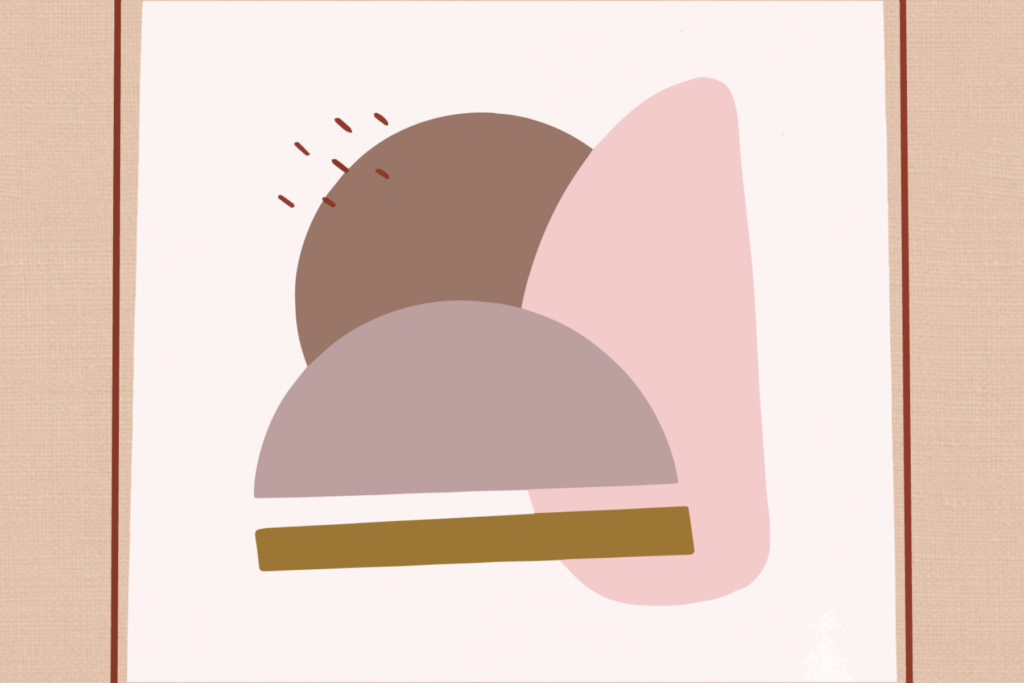
Feature Artwork by pastelwarehouse
I’ve always conceptualized resilience as ‘the ability to withstand adversity and thriving in spite of it.’ However, an interesting and unique definition of resilience I’ve come across recently is: ‘Resilience is thinking about how you can create systems in your life that help you come back from hard things.’ I learnt this from Komal Minhas, resilience educator. It got me thinking about resilience in a new, different and more holistic way.
What is ‘Resilience Education?’
Resilience finds its foundational roots in positive psychology and the works of Martin Seligman and Viktor Frankl. Taking these concepts from abstract psychology papers and humanizing them, making them relatable and actionable — that’s resilience education. It’s helping people answer the question: How can I set up my life and create supports and systems that will help me thrive in difficulty? That’s the work Minhas does, with who I had the pleasure of chatting with for this article.
Minhas grew up in Alberta, Canada, and currently lives in Ottawa, Canada. But her journey from Alberta to Ottawa took her through New York City, working at a start-up, making a documentary (Dream, Girl) which premiered at the Obama White House, and three years of serious chronic illness. Through her own recovery journey, she learned about the power of resilience. Now, she shares this knowledge with people from all over the world through her training program, The Next Right Step (you can sign up for the waitlist right now!), and a podcast, ‘Lessons Learned.’
View this post on Instagram
[Read Related: Living With Generalized Anxiety Disorder: Weaving in and out of the Fast Lane]
Roots of Resilience
Within the ‘roots of resilience’ framework, which Minhas works within, resilience can be broken down into five pillars. These are the systems that need to be stable in order for someone to have high resilience:
- Wellness: This includes your physical body and space, as well as your emotional environment. For instance, a toxic workplace would mean that your emotional environment is being impacted negatively, which would, in turn reduce your resilience. When thinking about creating systems, think about your immediate physical environment, your physical health, and your emotional health.
- Community: This is the people you intentionally surround yourself with. Your community can be a strength to boost your resilience because they will cheer you on and support you in difficult times. One of the most beautiful things I’ve heard about ‘community’ was when Minhas said to me, “our community can be a reflection of who we are at our best.”
- Self-efficacy: This is the belief in your ability to overcome difficulty. You can build this up by reflecting on all the hardships you’ve overcome in the past to remind yourself of your strength. Or you can build it up from vicarious experiences by taking inspiration from others who have overcome adversity.
- Work: Here, work is defined as any paid or unpaid labour that you do to create, serve, or support others. When we feel fulfilled in our work and approach it with empathy and abundance, we show up as more resilient in life.
- Connection to identity
- Cultural: When we are strongly connected to our history, heritage, culture, or faith, we have a deeper connectedness. This sense of kinship increases the ability to withstand stress.
- Superordinate goals: These are the goals that are the overarching mission of your life, your life’s personal mission statement. This increases resiliency by giving us direction and a purpose. This helps in interpreting difficult events to make meaning of them, also known as ‘Tragic Optimism.’
[Read Related: ‘Get Up Aisha’: A Wake-Up Call for Mental Illness & South Asian Youth]
How do you build resilience?
When you feel like everything sucks, and you’re completely depleted of energy, how do you get started at cultivating resilience?
- Consider your wellness, prioritize re-filling that bucket first. Once you have boosted your physical body’s energy through movement, nutrition, and rest, then you will have the energy to start reflecting on the other aspects of your life.
- Pick one thing to improve at a time, and focus on improving it for one month. At the end of the month, assess your progress. For example, if you know your physical health needs attention, and you need to go for an annual wellness check, make that a goal for one month. Break down the steps required (i.e., find a doctor who takes insurance, choose a doctor, make an appointment, etc.), and focus on only those.
- Community is vital for building resilience. Review your relationships and notice the ones that increase your energy and the ones that don’t.
- Write a list of things you’ve overcome or survived to remind yourself of everything you’ve overcome before helps to put your inner strength into perspective in the face of new adversity or crisis.
“The stronger we root into our lineage, the more resilient we are.” — Komal Minhas
Improving or strengthening resilience has a significant impact on your mental health; it is a skill that enables you to adapt to stress better. Research shows that high resilience in the face of adversity, trauma, uncertainty, or high levels of stress has better outcomes for an individual’s mental wellbeing and improves overall life satisfaction. Even though some people are born with a higher predisposition to being resilient, resilience is predominantly learned behavior. It can be cultivated and encouraged, not just at a young age but at any age.
If you’re curious about resiliency training or want to learn more about Komal Minhas’s work, head on over to @komalminhas on Instagram or www.komal.com.




